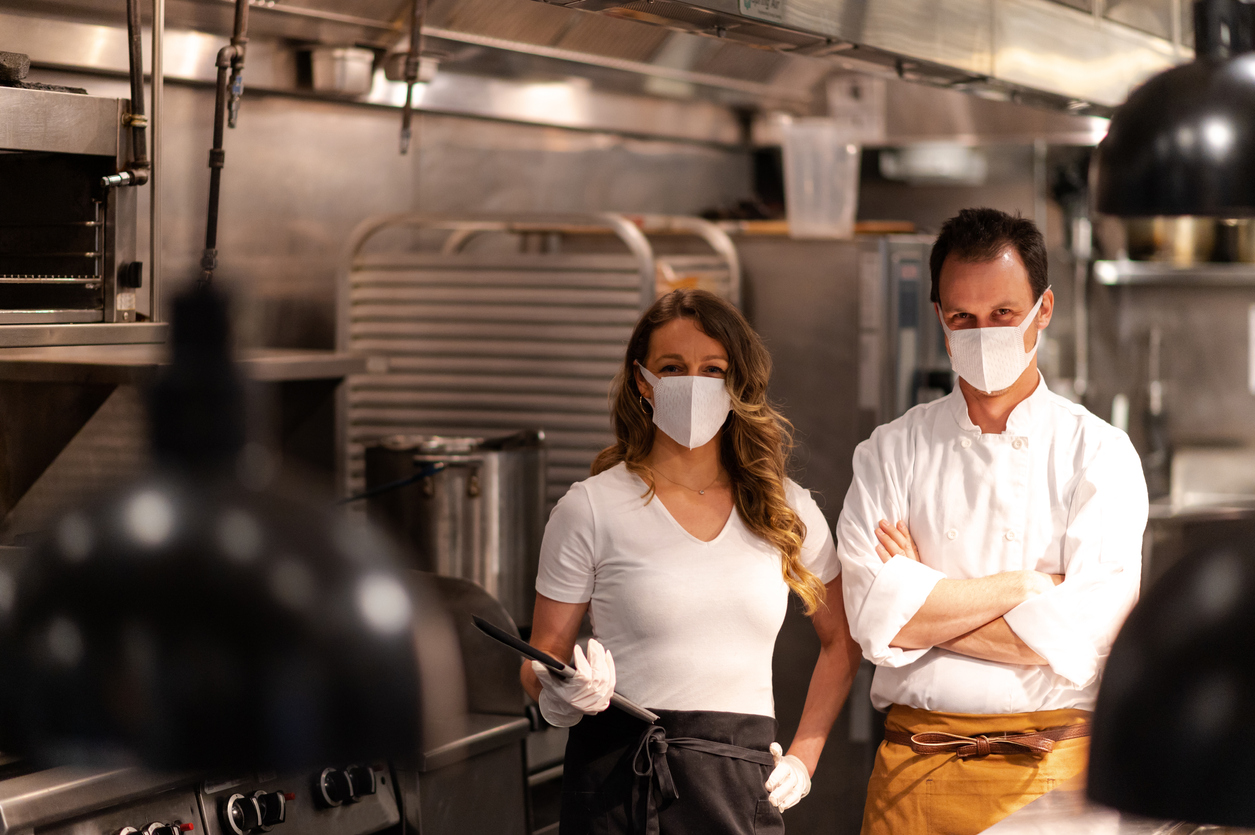With minimum wage going up again, your labor costs have likely skyrocketed. If you’re a client of mine or read my blog, you know I have all kinds of tips for controlling your labor costs. But labor isn’t the only expense factoring into your bottom line.
If you own a restaurant, you know that your food cost is your second largest expense. So when you’re looking to streamline your business, dropping your food cost percentage just a couple of points can really help you to counterbalance that increased labor cost.
If your food cost is higher than it should be, here’s a few things I’ve found that could save you time and money in the long run. This isn’t anything too revolutionary, but when you’re not doing these, your business will inevitably suffer.
First Steps:
- Do you even know what your Food Cost SHOULD be?
- Regardless of which system you’re using, pull your receiving invoices from your suppliers and check to ensure the prices charged match the order guide.
- Pull inventory extensions to see if the invoice posting is replicating properly
- Make sure weights of all items inventoried are correct.
- Check the ending inventory extension to make sure all items are extending properly with the correct dollars and make sure the counts are recorded correctly. This is critical.
- My favorite: Check the previous week’s/month’s ending inventory to determine any significant variances.
- Make sure your purveyors didn’t pull a sneaky and send you non-spec items at higher prices (this is very common).
- Make sure the inventory sheets are set up correctly, and that cost and pack sizes are consistent with the invoice.
- Check the recipe detail to verify that the prices of ingredients are the same as what you are paying.
Ongoing Steps:
- Cost out each menu item to get an “Ideal Food Cost.” This process is arduous and painful, but totally necessary. There is some good inventory management software out there to make it a little easier. Plate IQ is one I like. If you can’t afford that route, I have a great excel template you can use. Hit me up.
- Make sure your FOH peeps know the difference between a Void and a Comp. The general rule is: if it’s made, it’s a comp. Make sure you’re checking the Void/Comp report daily.
- Use clear garbage bags and regularly inspect the contents. Yes, this is gross, but you’ll be shocked at what you find in those bags.
- Back door security should be engaged and all food storage should be locked during closed hours (do I even have to list this one?).
- Here’s another oldie but goodie: FOLLOW THE RECIPE!
- Watch plating and over-portioning.
- Keep your ending inventory low. If you do inventories on Monday, you should have very little to prep on Sunday.
- ALL YOUR EMPLOYEES SHOULD FULLY UNDERSTAND WHAT THE FOOD COST CHALLENGES ARE, AND WHAT ROLE THEY PLAY IN KEEPING THOSE COSTS DOWN. Did I say that loud enough?
- Analyze production levels in prep and on the line using the sales mix report as well as the usages on your planning sheets.
- Perform line checks with a purpose to ensure you are looking at the quality of the food prepped, as well as the amount of prep on hand in each station. Also, make sure any variances are addressed IMMEDIATELY.
- If you think there may be theft, run a high cost/usage perpetual inventory every day and see if there are any variances. It’s a pain in the ass, but it’s a pain in the ass you can’t afford to overlook.
- HOLD YOUR VENDORS ACCOUNTABLE! Shop produce and speak to your vendor weekly. Stay all over your primary distributor to ensure pricing is accurate and spec is right. Your vendors will learn quickly who holds them accountable and (more importantly) who doesn’
If you have some tips you’d like to share, please feel free to post your expertise!





